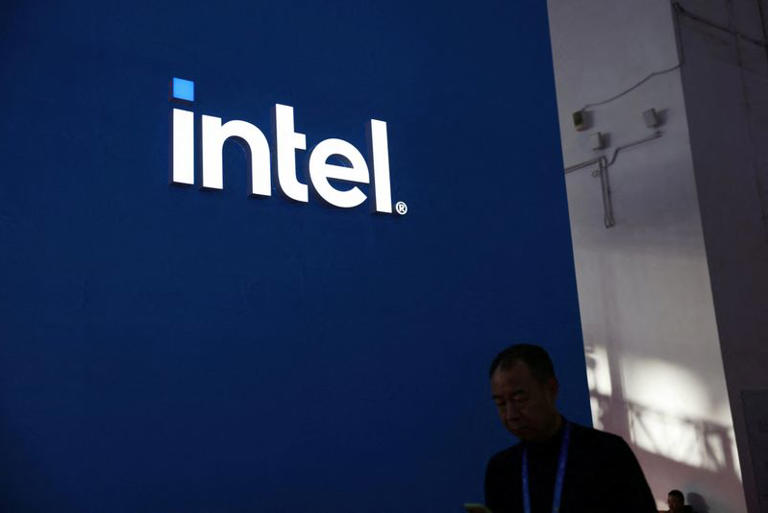Intel is poised to undertake a significant restructuring effort that includes cutting thousands of jobs as part of its strategy to navigate its current financial difficulties and regain market share. This move, reported by Bloomberg News on Tuesday, reflects the chipmaker’s ongoing struggle to compete effectively in the rapidly evolving semiconductor industry, particularly in the high-growth sector of artificial intelligence (AI) chips.
The announcement led to a modest uptick of about 1% in Intel’s stock during after-hours trading. Nevertheless, the company’s stock has experienced a dramatic 40% decline so far this year, underscoring the severity of the challenges it faces. Intel’s difficulties are compounded by its struggle to keep pace with the burgeoning demand for AI-related semiconductor technologies, an area where its competitors have made significant strides.
Intel’s CEO, Pat Gelsinger, is leading a comprehensive turnaround plan aimed at rejuvenating the company’s competitive position. This strategy encompasses several key initiatives, including revitalizing Intel’s manufacturing capabilities, investing heavily in advanced chip technologies, and expanding into new markets. In October 2022, Intel had already launched a cost-reduction initiative designed to cut annual expenses by $3 billion in 2023. This plan, known as “people actions,” targeted a reduction in Intel’s workforce from 131,900 at the start of 2023 to approximately 124,800 by year-end. The overarching goal of this effort was to achieve annual cost savings between $8 billion and $10 billion by 2025.
Despite these aggressive cost-cutting measures, Intel continues to face substantial challenges. Analysts predict that the company’s revenue for the second quarter will be roughly equivalent to that of the previous year. However, they also forecast a considerable 23% decline in revenue from Intel’s data center and AI segments. This decline reflects broader industry trends and highlights the intensified competition in the AI chip market.
Traditionally, Intel has been renowned for designing and manufacturing its own chips, establishing itself as a leader in the semiconductor industry. In recent years, however, the company has been pivoting towards the foundry business, which involves manufacturing chips for other companies. This strategic shift aims to capitalize on the increasing demand for semiconductor manufacturing services and to better position Intel against its rivals.
The broader context for Intel’s strategic adjustments includes the Biden administration’s initiative to bolster chip manufacturing in North America. This push is part of a larger effort to diversify supply chains and reduce dependency on Taiwan, a critical hub for semiconductor production. By aligning itself with these national priorities, Intel hopes to enhance its prospects and secure a stronger foothold in the global semiconductor market.
As Intel prepares to release its quarterly financial results on Thursday, all eyes will be on how effectively the company can execute its turnaround plan and address its current challenges. Investors and industry observers will be closely monitoring Intel’s performance, particularly in light of the company’s efforts to revitalize its manufacturing capabilities and compete in the evolving AI chip market.
